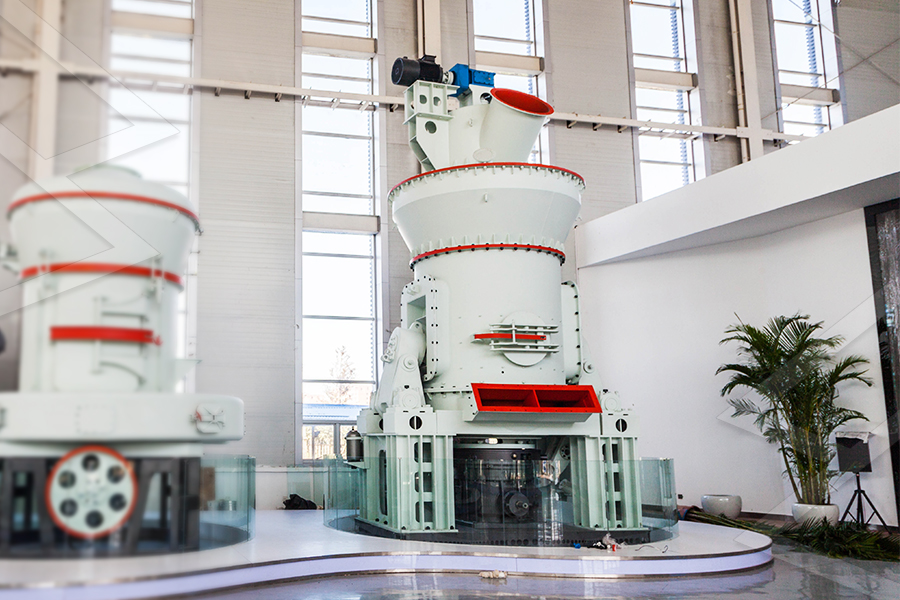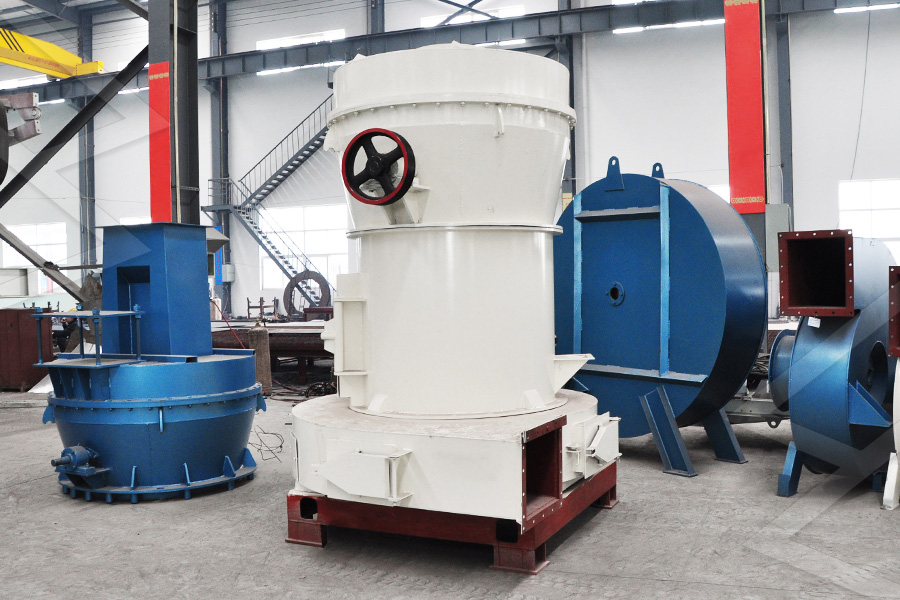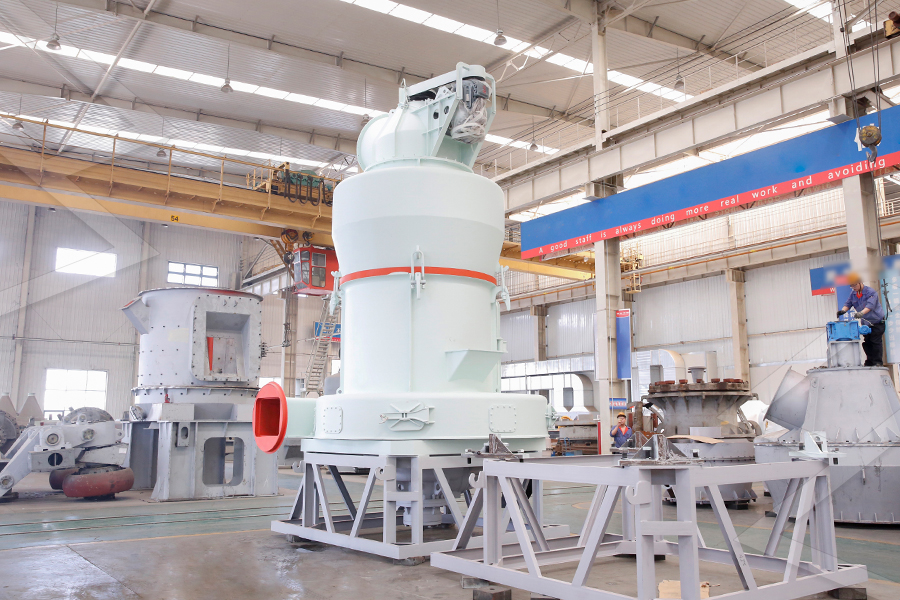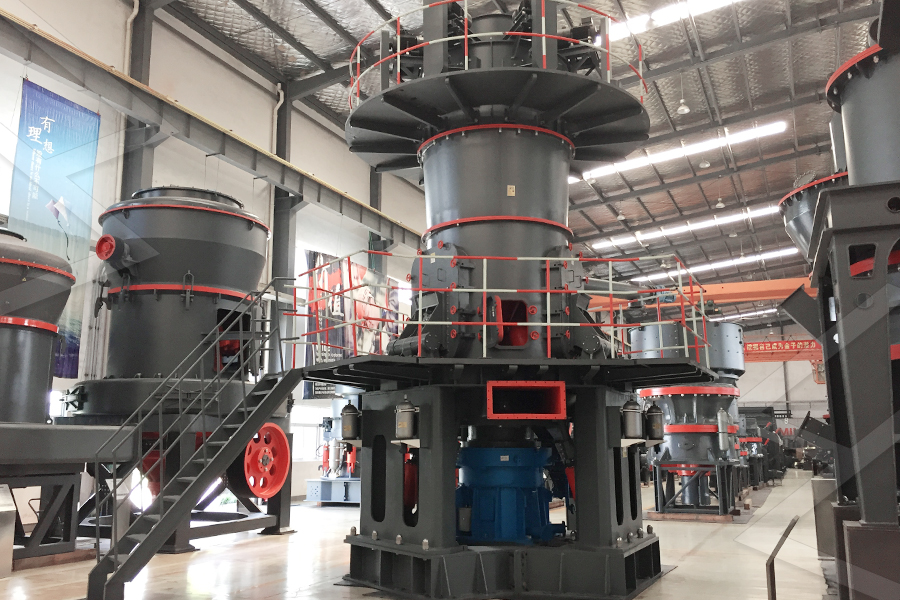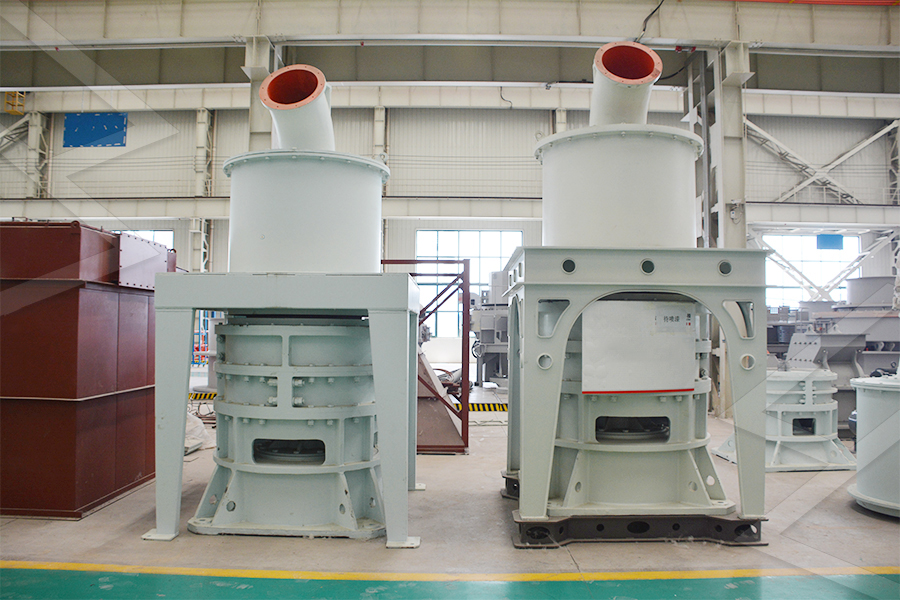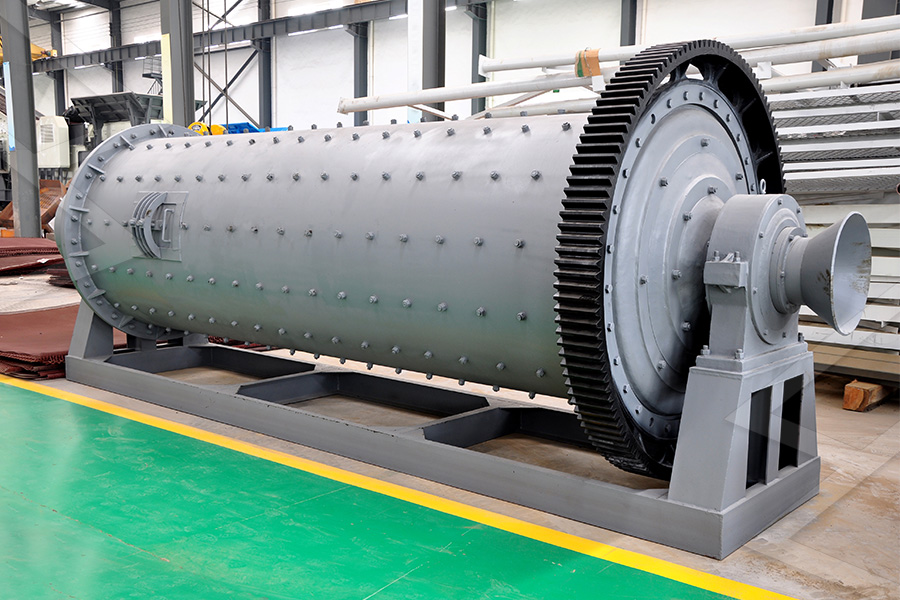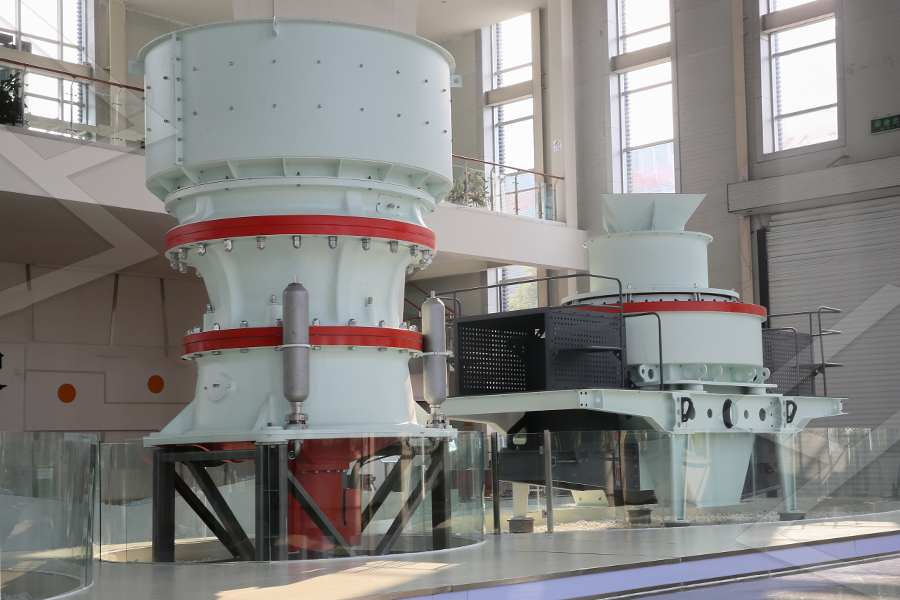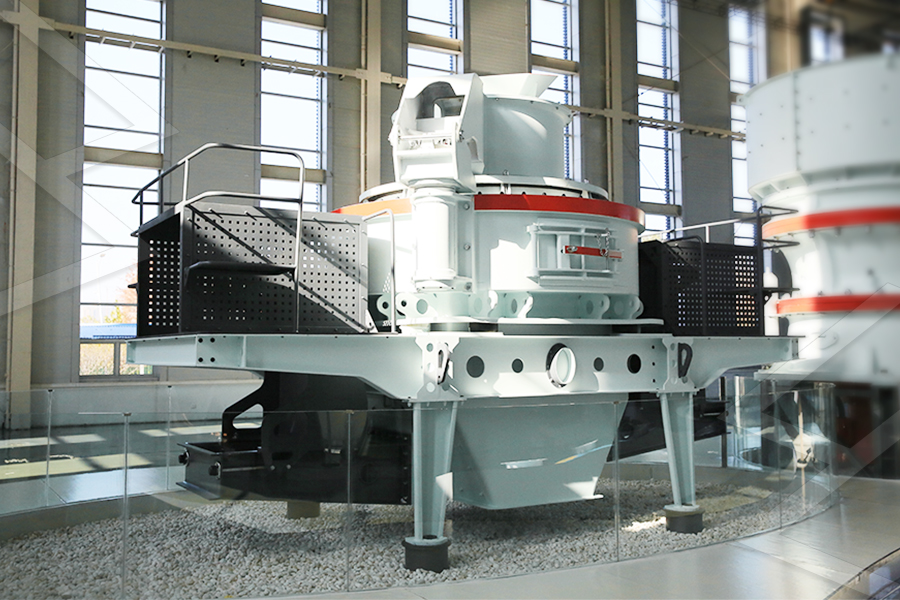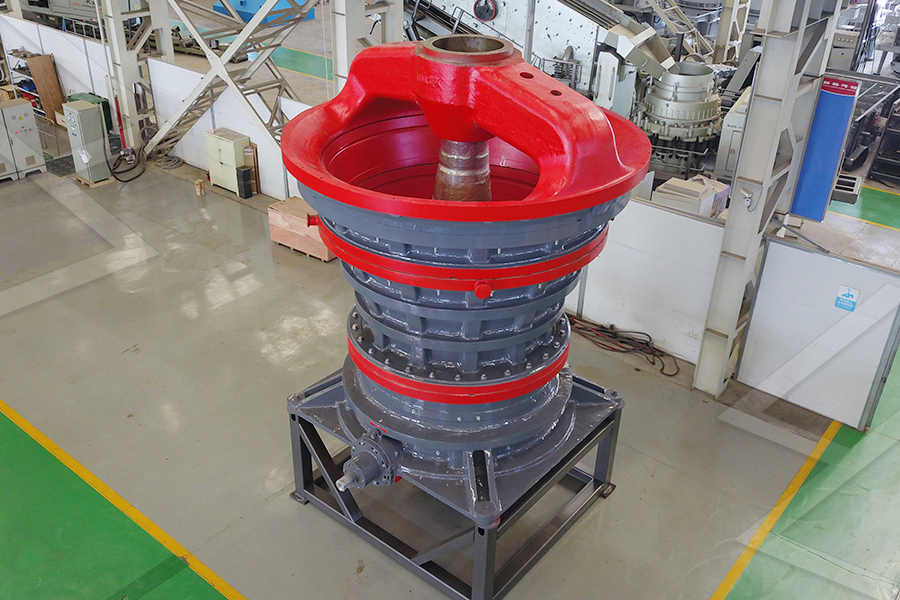Environmental sustainability was a key focus during project design. The pulse bag filter achieves a dust collection efficiency of over 99.9%, ensuring that emissions comply with China’s national standard (GB 4915-2013) of less than 10 mg/m³. Waste heat from the VRM’s hot air system is recycled to preheat the raw limestone, reducing natural gas consumption by 15%. The project also uses a closed-loop water system for cooling the VRM’s hydraulic components, minimizing water waste to less than 0.5 m³ per ton of product.
Application and Project Benefits
The 150-mesh limestone powder produced by this project is primarily used as a flux in the cement plant’s clinker grinding process. By replacing 15% of the clinker with limestone powder, the cement plant reduces clinker consumption—lowering both production costs and carbon emissions (clinker production accounts for ~70% of cement’s carbon footprint). The project has also created 35 local jobs, including operators, maintenance technicians, and QC staff, contributing to the regional economy.
In summary, this 25 TPH limestone grinding project demonstrates how optimized process design and equipment selection can meet industrial demand for high-quality mineral powder while prioritizing energy efficiency and environmental protection. It serves as a model for similar large-scale non-metallic mineral processing projects worldwide.
